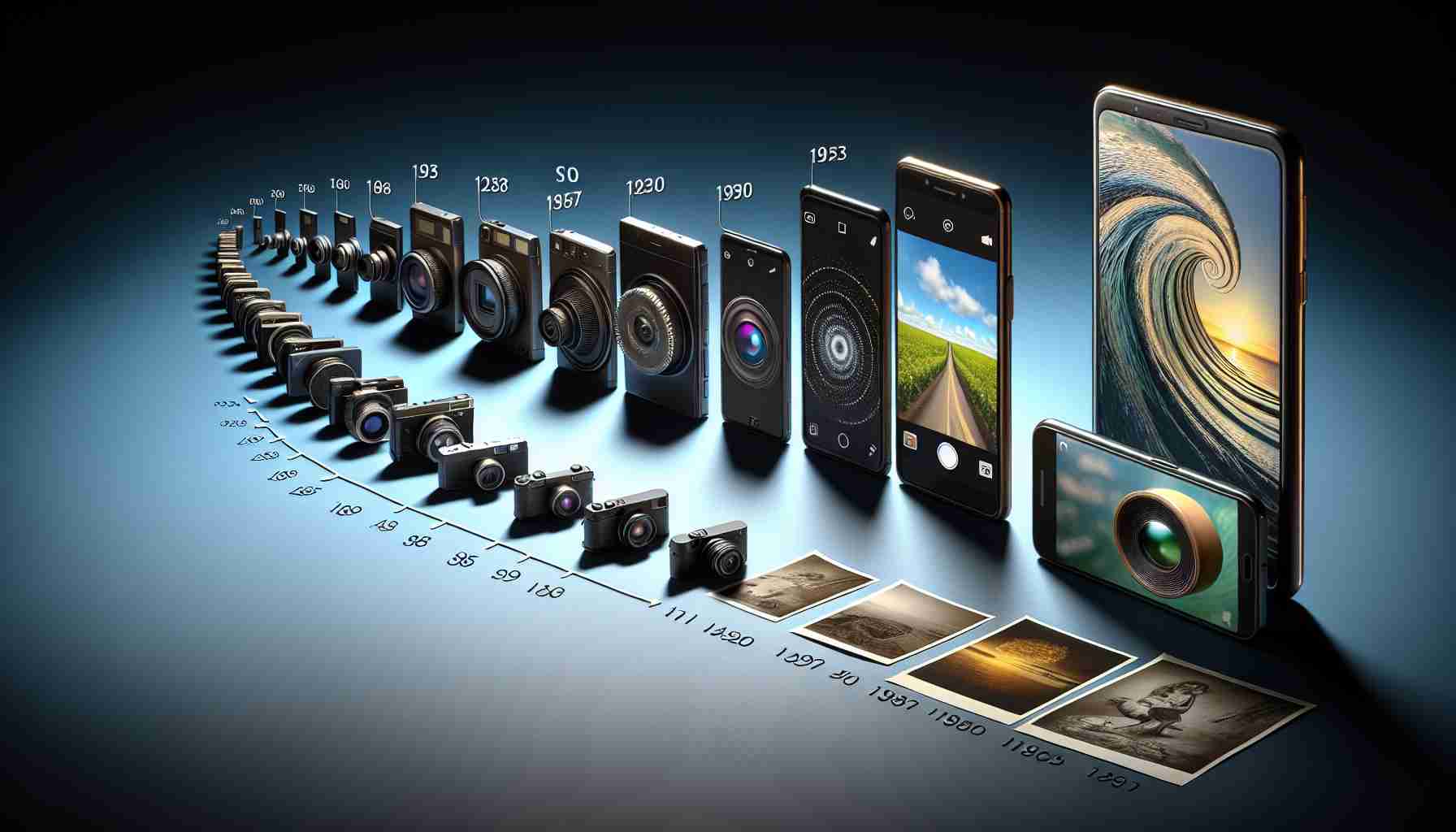In the ever-expanding world of phones, consumers continue to be impressed by innovative features across various domains, especially with the significant advancements in smartphone photography. Prominent brands are intensively investing in the photographic capabilities of their devices.
As smartphone manufacturers incorporate cutting-edge camera technology into their products, these mobile devices are increasingly rivaling traditional cameras. The focus on camera quality in new smartphone releases has sparked extensive analysis and testing. Indeed, good quality smartphone cameras are capable of capturing sharp images with realistic colors, ensuring high-quality results. However, there is an ongoing debate over whether a smartphone’s camera can truly replace a dedicated photographic device.
The question at the core of this week’s discussion is whether users believe that the advanced cameras found in today’s smartphones can serve as adequate substitutes for traditional cameras. The poll linked below welcomes your input on this topic.
Engage in our weekly question and let us know your viewpoint regarding the sufficiency of smartphone cameras for your photography needs.
Your participation helps us tap into the pulse of technology trends and opinions within our community. Feel free to drop topic suggestions in the comment box or reach out to us at the provided email for Marisa Pinto.
Join the conversation and contribute to the evolving narrative around technology and its impact on our daily lives.
Key Challenges and Controversies:
A key challenge in smartphone photography is the balance between physical constraints and the desire for high-quality images. Smartphones are limited by their compact size, which restricts the optics and sensor sizes compared to traditional cameras. Nonetheless, software advancements such as computational photography have been essential in mitigating these limitations. Algorithms for features like HDR, depth sensing, and noise reduction have significantly enhanced the quality of smartphone photographs.
Another controversy lies in the discussion of authenticity and skill in photography. Purists argue that the automation and ease of use provided by smartphone cameras may dilute the art of photography, as traditional techniques and the understanding of photography principles may become less valued.
Advantages of Smartphone Photography:
– Portability: Smartphones are conveniently carried and always at hand, making it easier to capture moments spontaneously.
– Connectivity: Instantly sharing photos on social media platforms or cloud services is straightforward with smartphones.
– Integrated Software: Advanced editing apps enable users to tweak photos directly on the device.
– Smart Features: AI-driven features like scene detection, facial recognition, and automated settings adjust the camera for optimal results without user input.
Disadvantages of Smartphone Photography:
– Limited Sensor Size: Smaller sensors generally result in poorer low-light performance and less control over depth of field.
– Optical Zoom Restrictions: Even with multiple lenses, smartphones often rely on digital zoom, leading to loss of image quality beyond a certain point.
– Battery Life: Using a smartphone for photography can drain the battery quickly, affecting its primary role as a communication device.
– Durability: Unlike many dedicated cameras, smartphones are not typically weather-sealed or ruggedized.
For those seeking further information and to join discussions on technology trends, explore websites like TechCrunch or The Verge. They offer a wide array of articles and forums on the evolution of technology, including smartphone photography. When considering upgrading your smartphone for its camera capabilities, it’s important to weigh these pros and cons and consider how they align with your specific photography needs and usage patterns.
The source of the article is from the blog procarsrl.com.ar
